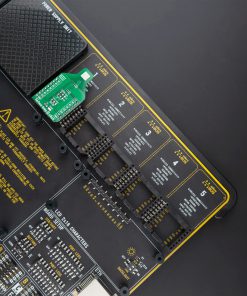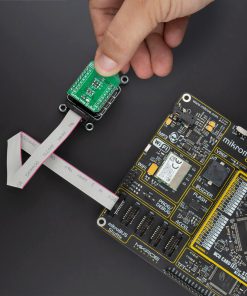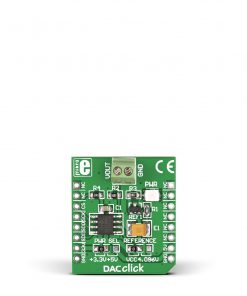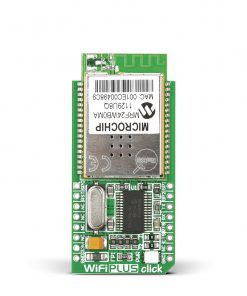Surface temp 2 Click
R350.00 ex. VAT
Surface temp 2 Click is a compact add-on board that contains a high accuracy temperature sensor offering breakthrough performance over a wide industrial temperature range. This board features the ADT7422, a 16-bit I2C temperature sensor from Analog Devices. The ADT7422 features a precision ADC that provides 16-bit temperature measurement in the range of 25°C to 50°C with a resolution of 0.0078 °C and an accuracy of ± 0.1 °C. Also, it does not require additional calibration. This makes the Surface Temp Click an excellent choice for RTD and thermistor replacement, Vital Signs Monitoring (VSM), food transportation and storage, environmental monitoring, HVAC, and other applications.
Surface temp 2 Click is supported by a mikroSDK compliant library, which includes functions that simplify software development. This Click board™ comes as a fully tested product, ready to be used on a system equipped with the mikroBUS™ socket.
Stock: Lead-time applicable.
| 5+ | R332.50 |
| 10+ | R315.00 |
| 15+ | R297.50 |
| 20+ | R286.30 |
























